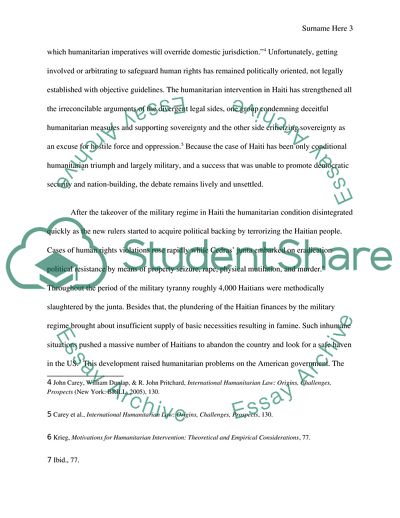Cite this document
(International Relations Case Study Example | Topics and Well Written Essays - 2750 words, n.d.)
International Relations Case Study Example | Topics and Well Written Essays - 2750 words. https://studentshare.org/history/1817219-humanitarian-intervention-and-responsibility-to-protect
International Relations Case Study Example | Topics and Well Written Essays - 2750 words. https://studentshare.org/history/1817219-humanitarian-intervention-and-responsibility-to-protect
(International Relations Case Study Example | Topics and Well Written Essays - 2750 Words)
International Relations Case Study Example | Topics and Well Written Essays - 2750 Words. https://studentshare.org/history/1817219-humanitarian-intervention-and-responsibility-to-protect.
International Relations Case Study Example | Topics and Well Written Essays - 2750 Words. https://studentshare.org/history/1817219-humanitarian-intervention-and-responsibility-to-protect.
“International Relations Case Study Example | Topics and Well Written Essays - 2750 Words”. https://studentshare.org/history/1817219-humanitarian-intervention-and-responsibility-to-protect.


